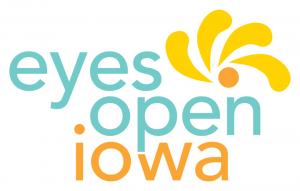The Rutgers University Graduate School of Applied and Professional Psychology (GSAPP) is now partnering with Answer to offer a certificate in Adolescent Sex Education Basics. This fully online, 50-hour, non-credit certificate includes eight dynamic and highly interactive workshops and four cutting-edge virtual classroom simulations.
The Rutgers University GSAPP certificate in Adolescent Sex Education Basics includes the following workshops and virtual classroom experiences:
- Workshop: Sexual Anatomy and Response: Getting Under Your Skin
- Workshop: Puberty and Adolescent Development: Growing Pains and Gains
- Workshop: Sexuality ABCs: Abstinence, Birth Control and Condoms
- Workshop: STD Basics: Helping Students Stay Sexually Healthy
- Workshop: LGBTQ Issues in Schools: Celebrating and Supporting Diversity
- Workshop: Pregnant & Parenting Teens: Beyond the Basics
- Workshop: Relationship Skills for Teens: Dating, Mating and Deliberating
- Workshop: Personal Safety: Knowing Signs and Drawing Lines
- Virtual classroom: Personal Comfort When Teaching Sexuality Education
- Virtual classroom: Culturally Responsive Instruction When Teaching Sexuality Education
- Virtual classroom: Trauma-Informed Sex Ed
- Virtual classroom: Tailoring Lessons to Meet Age and Developmental Levels
See https://answer.rutgers.edu/page/aseb_certificate_program/ for more information and FAQs about the certificate program.




